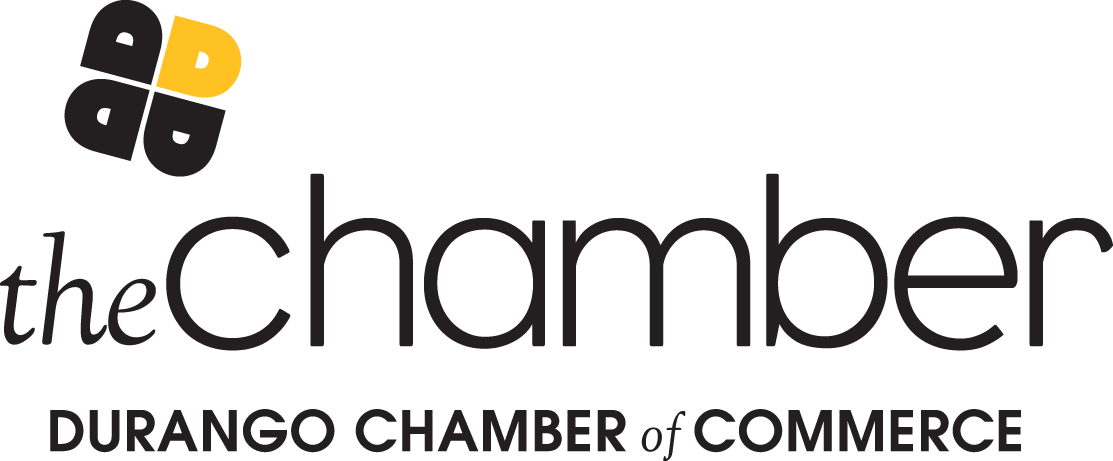What is Leadership La Plata?
Leadership La Plata (LLP) is the Chamber’s flagship leadership development program, designed to inspire, connect, and empower leaders throughout La Plata County. Since 1988, more than 600 graduates have built lifelong relationships, discovered their leadership potential, and contributed to the strength of our community.
LLP is more than a class — it’s a journey that blends education, connection, and community service. Participants explore local issues, deepen their leadership skills, and join a network of leaders dedicated to shaping La Plata County’s future.
FAQ for Potential Participants
Being part of Leadership La Plata means joining a lifelong community of leaders dedicated to growing, giving back, and supporting one another. Alumni engagement keeps the LLP experience alive — through connection, service, and continued learning.
Leadership La Plata: Level Up Alumni
Continue growing as a leader while giving back to the community we love. Through advanced workshops, peer learning, and shared experiences, you’ll keep building skills, deepening connections, and making a difference in La Plata County.
Alumni Directory: Stay Connected!
Your hub for connecting with fellow graduates across industries and class years. Keep your information current to stay involved with events, share opportunities, and strengthen relationships within the Leadership La Plata community.
Barbara Conrad Award
Presented annually at the Chamber’s Southwest Colorado Rocks Awards Celebration, this honor recognizes graduates who embody LLP’s mission and create a lasting impact through their leadership and service in La Plata County.
Hear from alumni and current participants in the LLP Blog
Leading the Future: Small Business Influence and Advocacy in 2026
Back to Blog by Beth Porter, Senior Marketing Consultant at Four Corners Broadcasting & LLP Class of 15-16 As we move into 2026, the definition of influence for small business leaders has shifted from market presence to structural leadership. In an era of rapid economic shifts and heightened consumer scrutiny, influence is no longer a…
Read MoreBuild Your Resilience to Navigate Turbulent Times
Back to Blog by Beth Porter, Senior Marketing Consultant at Four Corners Broadcasting & LLP Class of 15-16 I admire leaders who act as anchors in turbulent times, providing stability and direction when external conditions are uncertain. That skill is known as resilience! Luckily, resilience is a learned capability that can be intentionally developed and strengthened over…
Read MoreDeveloping a Culture of Collaboration
Back to Blog by Beth Porter, Senior Marketing Consultant at Four Corners Broadcasting & LLP Class of 15-16 Collaboration is more than a buzzword-it’s essential. Effective teams reduce handoffs, solve problems faster, and build trust while drawing on diverse perspectives to spark creativity. But collaboration requires structure and intentional effort. Below are three practical steps…
Read More